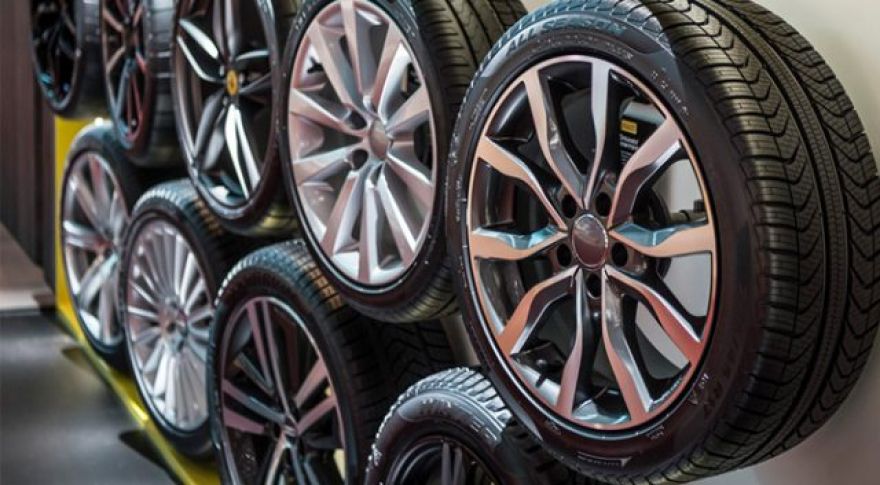
Pirelli Designs 5G ‘Cyber Tire’ That Reports on Road Conditions
Carriers around the world are working to roll out 5G networks, and they hope to connect not just phones but also smart home devices, wearables, and cars. Your next car might have its own 5G connection, and tire-maker Pirelli wants to take advantage of that to make roads safer. It has developed a new sensor-studded tire that and shares that data with other cars over 5G.
The idea is that a high-tech tire on your car would detect potentially hazardous road conditions, and beam an alert to nearby vehicles. In a demo, Pirelli’s “Cyber Tire” detected a potential hydroplaning risk and transmitted it to cars approaching that spot in the road.
You can get 5G data service in a few places with select phones and mobile hotspots, and the experience isn’t dramatically different than 4G LTE. In fact, it might be worse at certain things. Most uS 5G networks are running on millimeter-wave frequencies, which are many gigahertz higher than 4G. These signals have high bandwidth but poor range. Meanwhile, there are just a few “sub-6” bands available for 5G, like the one in use on Sprint. These are only a little faster than 4G, but they have similar range.
For carriers, 5G is all about network efficiency. These networks can connect more devices, and they can customize 5G for specific applications. So, you might need very high bandwidth for one type of device, but ultra-low latency might be more important for another. The latter is probably more important for Pirelli’s Cyber Tires. They probably don’t need a lot of bandwidth to transmit location-aware alerts to nearby cars, but timing is key. You would, however, need a lot of smart tires on the road before there’s enough data for it to be useful.
If this technology appears in cars over the next few years, it could help to alert drivers with annoying flashing dashboard lights or enable select driving features automatically. In the somewhat distant future, this data could feed into self-driving car systems that don’t require human input at all. However, 5G and autonomous driving are still a long way from being ubiquitous. It could be a while before your car steers itself around potholes.
Now read: